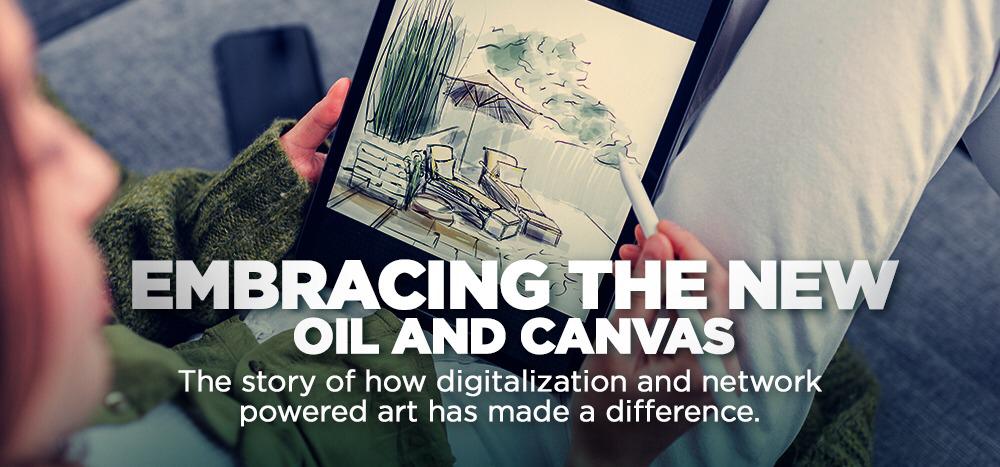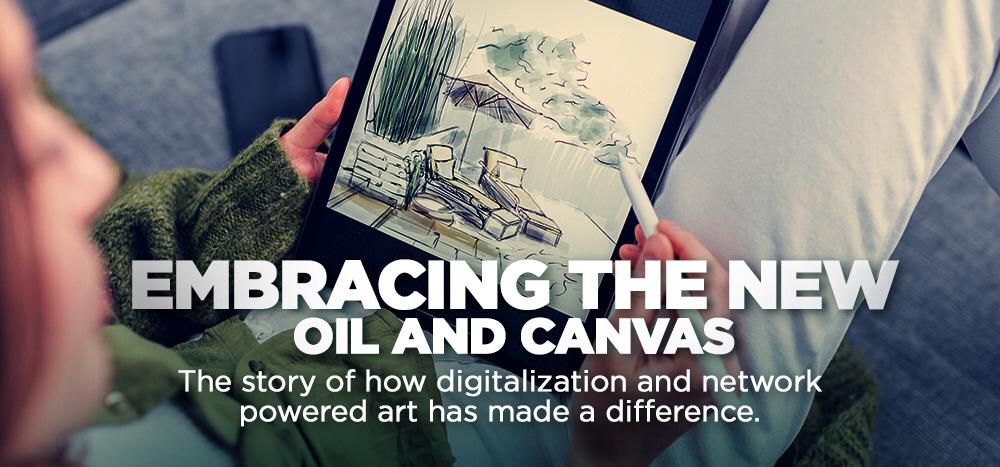We discuss the following topics in this blog:
- How Social Media Came to the Rescue?
- Going All Out for the Underrepresented

Overview
For artistic professions across the globe, the COVID-19 pandemic came as a rude shock as opportunities, avenues, and resources dried up for months at a stretch. Especially hard-hit were independent creators who rely on interactions, exhibitions, and physical sourcing and selling models.
However, despite the grave magnitude of the situation, it was beautiful to witness the larger community of artists coming together to support each other through digital channels. They empowered their peers to express and monetize their creations on social media, and initiate fundraising projects for technicians, theatre artists, and background dancers who were out of work after production houses temporarily halted their operations.
How Social Media Came to the Rescue?
In 2020, Delhi-based artists Ayesha Singh and Purvai Rai launched #ArtChainIndia, a mission that enables artists to contact buyers and help others in the community. The premise was simple yet brilliant. Every time an artist managed to cross INR 50,000 in sales, he/she had to spend INR 10,000 on a colleague’s work. The initiative managed to augment incomes and simultaneously, created a support group. Virtual exhibitions became a common phenomenon, uniting artists globally.
While these happen to be big names, thousands of performing arts schools went online when the pandemic put an end to physical classes. This was particularly the case for small dance schools that teach children. Taking their classes online helped them stay afloat and enlarged their student base to include older students who had to leave dance because school left them no time to pursue it. For dancers whose primary source of income was teaching in their schools or as part-time employees of other schools, online interconnectedness was a boon.
Going All Out for the Underrepresented!
Whenever you watch a film or a play, you see the lead actors. But how often do you think about the thousands of independent technicians, sound recordists, junior artists, and background dancers whose livelihood depends on the talkies? The pandemic was an extremely traumatic time for them, and we heard horror stories of talented artists being reduced to begging for money. This was when temporary relief groups came forward to collect funds for the underrepresented sections of the artistic community. One such initiative was Shoubhratrityo, a collective formed by theatre thespians in Kolkata for helping such workers run their families. Using social media, they reached out to many and managed to gather 8 lakhs. This was distributed amongst freelancing artists who were daily wage-earners under the standard scenario.
While initiatives dependent on global connectivity have come a long way, the urgent approach is to convince policymakers to address the sector’s challenges institutionally. UNESCO has issued a well-researched policy guide to improving the situation such as government commissioning of works, compensation for the drop in livelihood, reduced taxes, and other such measures. It is time for the global network of technology and people to make leaders listen and include independent creators in the list of sectors requiring a definitive boost for revival.















